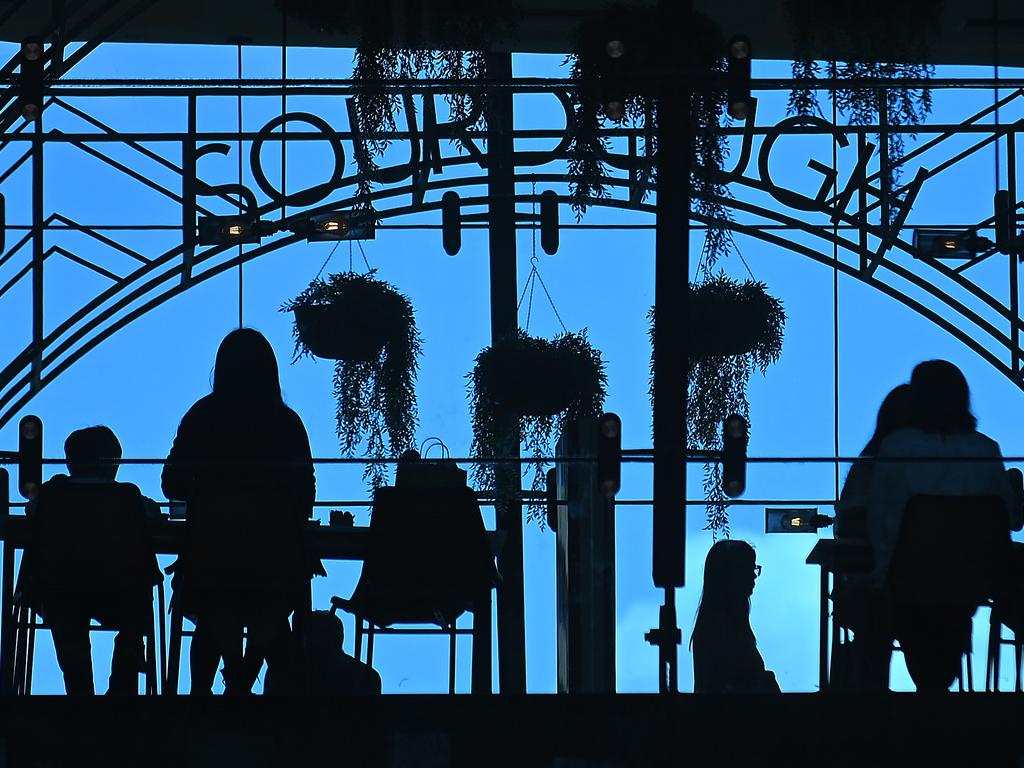Coles plans more tech to cut costs and improve offers
Coles chairman James Graham says the retail group must invest in digital to innovate on product and cut costs.

Coles chairman James Graham says the retail group must invest in the uptake of digital to innovate its products and maximise revenue.
The retail giant, which saw online sales soar through Victoria’s strict stage four lockdown measures, held its AGM on Thursday morning.
“Across all elements of what we do we recognise the need to adapt our operations by increasingly using digital information and advance technology to lower our costs of doing business and improve our product offerings,” Mr Graham told shareholders.
He said the company had made considerable progress in its partnership with German logistics automation specialist Witron on automated distribution centres in NSW and Queensland.
He noted that the group had worked to improve the effectiveness of ethical sourcing in its supply chain and reduce greenhouse gas emissions throughout the business.
“As a large Australian company we recognise that we have a responsibility to demonstrate high standards of business practice and to measure and reduce our impact on the environment,” he said.
Asked by a shareholder about the company’s stance on plastic packaging, Mr Graham said the company was continually seeking to reduce its use of the material.
“It’s a bit of a dilemma because on the one hand we don’t want to in any way lead to or contribute to environmental residual issues. But on the other hand we have a responsibility to our customers to ensure the product arrives undamaged, that the product has good availability, that it is safe and that it meets our customer’s requirements,” he said.
“We’ve done quite a few things so far, but there’s more to do … in 2018 we removed the single-use plastic bags which resulted in a reduction of 1.7 billion plastic bags.”
Coles CEO Steven Cain said the company reduced costs by more than $250m last financial year through increasing technology to manage business operations.
“We also rolled out new technology underpinned by artificial intelligence to help our store teams order the right amount of stock – reducing waste and improving availability for customers,” he said.
Mr Cain said the supermarket had leveraged data-driven tools to tailor customer offering as part of its transformation strategy.
“Rather than abandoning our transformation plans while we dealt with the more immediate concerns of daily operations, we actually accelerated the pace of change so that Coles will emerge from the pandemic as a better, more sustainable business including record team and supplier engagement.”
Mr Cain told shareholders that reduced fuel volumes at Coles Express were offset by increased store sales.
“Many customers adapted to the ‘new normal’, working from home, sanitising the home, home schooling, a daily walk from home, home improvement and MasterChef-inspired cooking from scratch at home, supplemented by the odd cocktail – at home!”
The impact of COVID continued into 2021 financial year for the company, with the group’s first quarter sales increasing by 10.5 per cent compared to the past year.
The retail giant’s September quarter figures showed a rise of almost 10 per cent in supermarket sales versus the time same period last year, while online sales rose by 57 per cent, contributing 6 per cent of overall supermarket sales.
Under stage four restrictions in Victoria, online sales grew by more than 100 per cent – prompting the company to invest in more delivery vans. That was partly offset by lower sales to local businesses, with many closed.
Coles said liquor sales remained elevated across all states despite the relaxation of restrictions at licensed venues in some jurisdictions, with comparable in-store sales growth of 17.8 per cent and 80 per cent online.
“The trends in buying patterns experienced in the latter part of the prior financial year continued, with customers purchasing value-oriented larger pack sizes in beer and spirits,” the group said.
“The contribution from First Choice Liquor Market also increased as customers preferred shopping in larger format stores.”






To join the conversation, please log in. Don't have an account? Register
Join the conversation, you are commenting as Logout